When a company or individual is planning a software development project, one of the first questions is, “How much will it cost?” that is quickly followed by, “How long will it take?” And honestly, these are fair questions.
The reality is that estimating software development costs is tricky because no two projects are the same. Every business owner has a unique vision, a specific set of features in mind, and varying expectations, all of which directly influence the final cost. There’s a lot of confusion around, and no exact formula for calculating costs.
Trying to figure it all out on your own can be overwhelming. Yet, it’s completely understandable that you want a clear price estimate before committing to development. To help with that, in today’s article, we’ll explore how to determine the cost of your project and take a look at the key factors that impact pricing.

Why does cost estimation matter?
Software cost estimation isn’t a nice-to-have step but an absolute necessity for a development project. A clear understanding of the necessary financial resources paves the way for effective budgeting. This allows you to allocate funds more efficiently and avoid unpleasant surprises. With an accurate cost assessment, you can also effectively manage resources, plan manpower, and determine the right technology stack.
Knowing the estimate upfront minimizes the risk of scope creep — a situation where a project grows beyond the initial plan. Every team member has a framework to follow, keeping the project from going off course and staying to the initial objectives. And in terms of collaboration, it builds trust between you and the outsourcing agencies, promoting professionalism and encouraging strong partnerships.
If you’ve decided to create a mobile app and want to know its cost in exact figures, our blog post How Much Does It Cost to Create an App is worth checking out.
Factors impacting software development costs
As you’ve probably realized, many factors influence the number of zeros in the final price, and understanding how to estimate software development costs means looking at multiple variables. To make things clearer, we’ve picked the most common ones and will break them down in detail in the following sections.
Scope, complexity & deadlines
The biggest cost multipliers in software development are the number of features, overall complexity, and project deadlines. Building new software from scratch, modifying an existing product, or integrating third-party solutions all require different levels of effort, expertise, and resources. Naturally, a small feature update will cost far less than a custom system packed with advanced functionality.
When assessing complexity, it’s essential to consider the timeframe and required resources. For example, implementing a payment gateway into an existing platform might take a few weeks, whereas developing an enterprise system with AI features and multi-platform support could take months. Remember, the more intricate the project, the higher the costs due to extended development, testing, and deployment efforts.
Tight deadlines can further inflate your budget. The shorter the timeline, the more developers you’ll need to bring on, especially senior specialists who can deliver faster. This means more parallel workstreams, increased coordination, and ultimately, a higher price tag.
{{banner-2}}
A smart way to manage costs is to start with a Minimum Viable Product (MVP). It allows you to launch a simplified version of the software, test its viability, and refine it based on real user feedback before investing in full-scale development. And if you’re still unsure whether you need an MVP, our article Why is MVP an Excellent Choice? can help you make the right decision.
Team size and expertise
Once your project is outlined in terms of scope, functionality, and timeframe, one of the most significant factors influencing development costs is the size and expertise of the team. The larger your team and the more specialized skills you have, the more expensive your project will be. Therefore, choosing the right crew composition can help you balance efficiency and budget management.
Among the options, there is an in-house team that offers full control over the development process but comes with higher salaries, benefits, and infrastructure costs. For hiring cost-effective yet skilled teams, you can turn to an outsourcing partner who provides access to a global talent pool. Also, a flexible option is onboarding freelancers who can manage small projects or specific tasks.
In particular, senior developers come with higher wages, but they can accelerate the process and deliver the final product with exceptional quality.
Ultimately, a dedicated software development team is a great decision for a perfect blend of experience and efficiency. Our seasoned professionals bring specialized expertise to handle projects seamlessly. This way, you’ll receive transparent pricing, optimized resources, and the technical know-how to bring your vision to life.
Outsourcing and team location
The geographical location of an outsourcing team can impact the project price. Labor costs vary across regions, but higher wages don’t necessarily guarantee superior quality. For example, hiring a team from North America costs significantly more than sourcing talents from Europe. Thus, opting for off-shore outsourcing can be an attractive decision to save budgets for other business aspects.
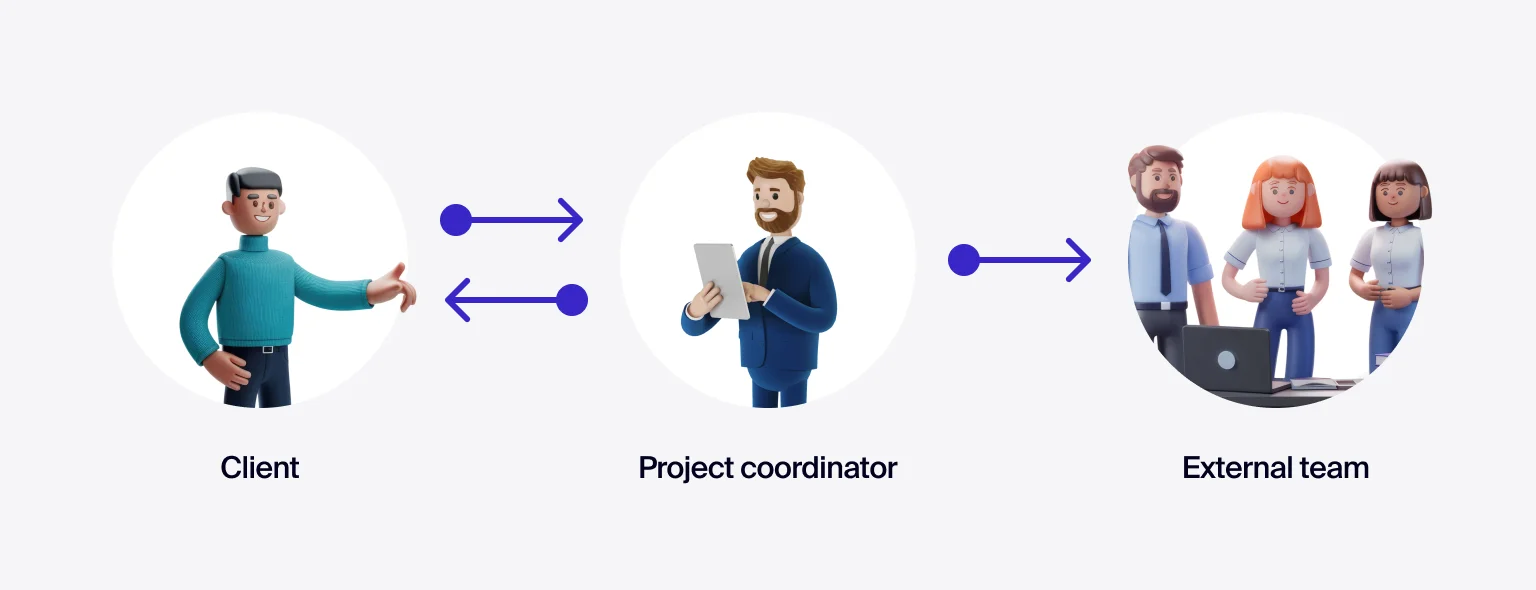
However, be aware that outsourcing also comes with its challenges, such as differences in time zones. This could hamper communication and cause delays in decision-making. To mitigate it, hire a team closer to your location for improved coordination. If you’re exploring the outsourcing option, read our article Pros and Cons of Outsourcing to gain insight into this topic.
UX/UI design
Another major factor affecting software pricing calls for UX/UI design. Exceptional user experience guarantees your product is intuitive and easy to navigate to maintain user engagement. That said, delivering this kind of design requires a certain amount of time and expertise, resulting in an inflated budget.
Skilled UX designers conduct user research, wireframing, prototyping, and testing to create an interface that looks great and works well. Each stage demands careful attention and hours of work, adding to development costs.
The complexity of the design is what can significantly affect pricing. From our experience, we can highlight the following:
- Basic designs with standard UI components (e.g., templates or pre-made elements) are more cost-effective and faster to implement.
- Custom UI/UX designs with unique branding, animations, or intricate user flows require more design iterations and testing, increasing costs.
- A high number of screens and interactive elements escalates expenses, with complex applications reaching thousands of dollars in design investment.
When you approach design wisely and collaborate with UI & UX design professionals, it’s easier to strike the perfect balance between aesthetics, functionality, and cost. At Halo Lab, we thoroughly analyze your requirements prior to initiating the design process. This allows us to outline the costs upfront, giving you a clear understanding of the investment before making any further decisions.
Technology stack
Choosing the right tech stack can cut off a sizable chunk of development costs. Simply put, it is a mix of programming languages, frameworks, libraries, and tools required to build and run an application. Selecting the right one can streamline development, boost efficiency, and ensure long-term scalability.
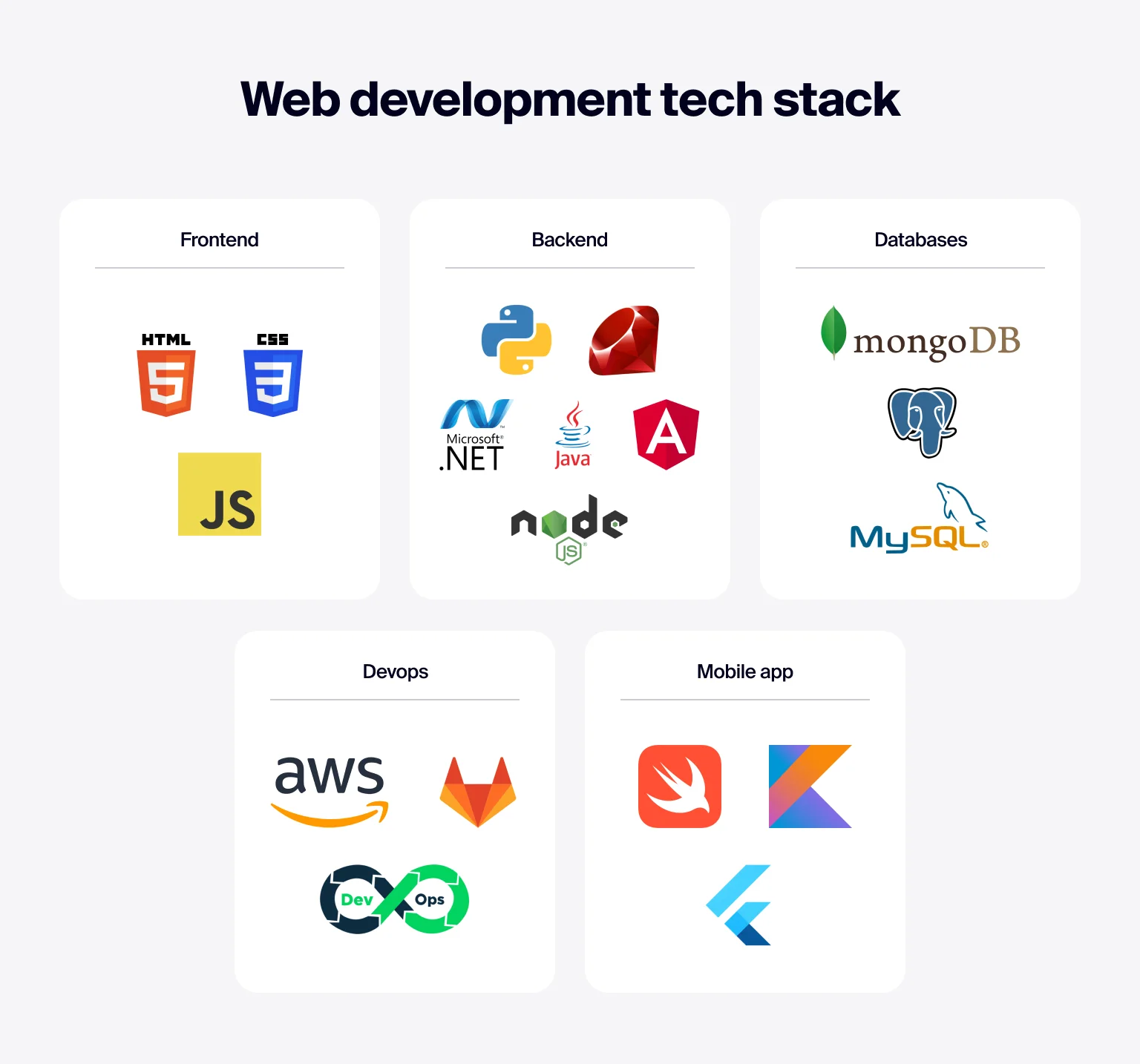
Specifically, using widely adopted frontend technologies like HTML, CSS, and JavaScript (with frameworks like React or Angular) enables faster interface development due to their extensive documentation and developer support. On the backend, the choice depends on your project’s requirements — Node.js, Nest.js, RabbitMQ, or Festify each offer different benefits in terms of scalability, performance, and development speed.
Additionally, cloud-based solutions like AWS, Google Cloud, or Microsoft Azure can further reduce infrastructure costs, while open-source databases such as PostgreSQL or MySQL provide reliable, cost-effective data management. Everything depends on your project’s needs, and if you want to learn more about it in detail, check out our article Tech stack for web development.
Software platform
The platform choice significantly impacts software project cost estimation as it determines the technologies, development approach, and overall complexity of the product. This refers to the environment in which your application will run, and there are several types, as follows:
- Native apps — Developed for one platform: iOS or Android. These apps provide the best performance and user experience but require separate codebases, making them more expensive and time-consuming to develop.
- Cross-platform apps — Built with a single codebase that runs on both iOS and Android. This approach reduces development time and costs but may come with performance trade-offs compared to native apps.
- Web apps — Accessed through web browsers and work across multiple devices. Web apps are cost-effective and quick to develop but may lack full access to device-specific features available to native applications.
- Hybrid apps — A combination of native and web technologies, using a single codebase while incorporating some native features. This can be a cost-efficient solution, though performance may not match fully native applications.
To make the most efficient decision, you’ll need to examine the target audience and platform requirements. Additionally, distribution channels, such as Apple’s App Store and Google Play Store, each have different submission guidelines, maintenance costs, and revenue-sharing models that are worth paying attention to.
For businesses looking to develop scalable, cloud-based solutions, SaaS development services can be a cost-effective alternative. These applications are typically web-based, eliminating the need for separate native apps while allowing easy updates, seamless scalability, and accessibility across devices.
Third-party integrations
During the development phase, it’s crucial to integrate third-party services for enhanced functionality and security. However, this activity also substantially escalates the original budget. The complexity of adding integrations such as cloud hosting, authentication services, data storage solutions, and external APIs often drives up expenses.
Some integrations, like basic payment gateways, are straightforward. In contrast, CRM systems (Salesforce, HubSpot) or AI-driven analytics require significant development time and customization. Plus, GDPR, HIPAA, or PCI DSS compliance may demand additional security measures when implementing third-party tools, leading to higher prices.
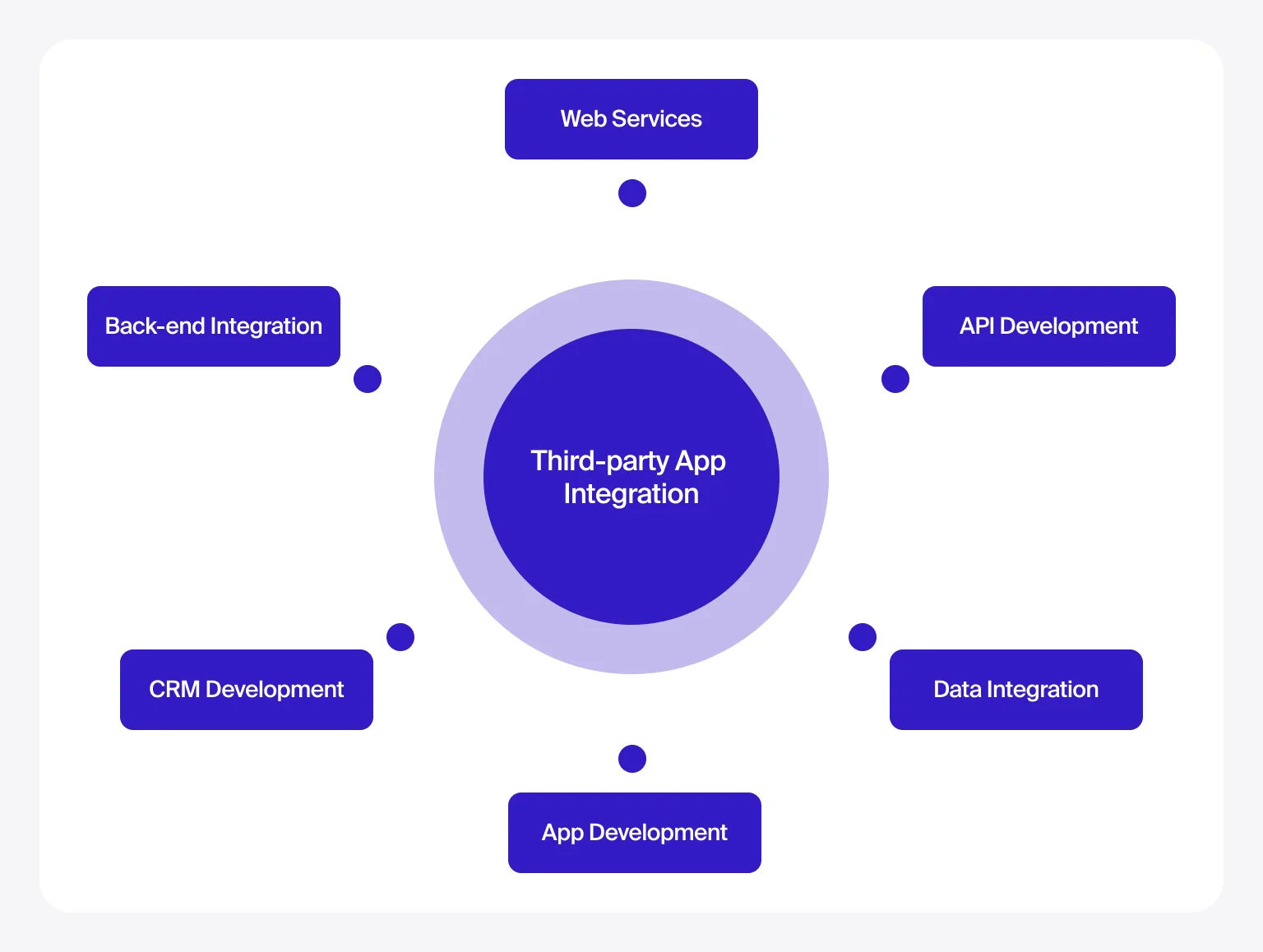
One way to sidestep unexpected costs is to identify all potential external integrations early in the planning stage. When providing software integration services, we analyze your requirements and tailor solutions to match your software’s functionality. Our developers consult with you on each option, and if you decide to switch to more budget-friendly alternatives, we’ll do everything possible to accommodate.
Common pitfalls in calculating software development costs
Even with the best intentions, software development cost estimation can quickly become inaccurate if a few key elements are overlooked. Below, we outline common missteps that can drive up software costs — and how to avoid them with smart planning and communication.
Excluding essential features
One of the most common mistakes is underestimating the importance of certain features and excluding them from the initial scope. You may receive a cost estimate based on a lean set of requirements, but once you decide to add those missing features back in, timelines, resources, and costs will shift significantly.
To avoid this, define all core functionalities early on. Even if you’re building in phases, make sure your team has visibility into the full roadmap to plan accordingly.
Potential risks and surprises
Unplanned changes and delays are often caused by avoidable risks — things like unclear requirements, vague goals, or a lack of technical validation. The good news? Most risks can be managed upfront with proper discovery, research, and planning. A well-prepared team working with finalized designs, documented expectations, and a clear workflow is far less likely to encounter surprises during the development process.
That’s why we recommend investing time in research, creating thorough documentation, and working out the development roadmap before coding starts. These early efforts reduce guesswork and protect your budget in the long run.
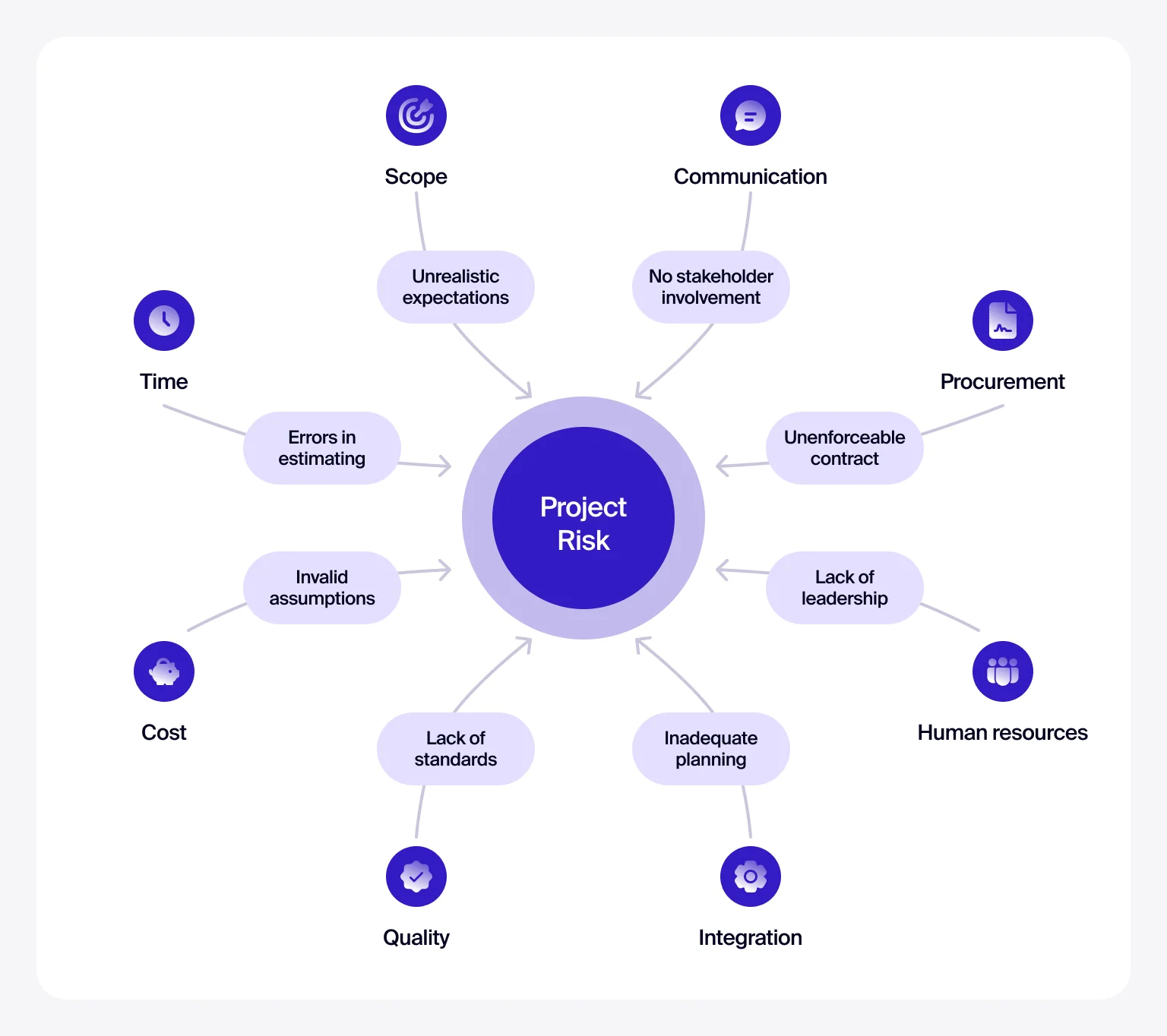
Overlooking maintenance and support
Many teams plan for the launch, but not what comes after. The reality is, software needs continuous maintenance to stay secure, functional, and up to date. For instance, an app developed for $60,000 might require $40,000 in the first year and around $120,000 in total for maintenance activities after release.
This includes bug fixes, performance updates, and adjustments to design or compliance requirements. Failing to account for post-launch support often results in sudden expenses later. Building a long-term maintenance plan early in the process helps prevent this and keeps your product healthy over time.
Miscommunication between teams
Another major factor that can impact cost estimation is communication — or rather, miscommunication. It’s a two-way street that depends on both you, as the client, and the development team you’re working with. When communication gaps occur, the project can drift off course, leading to unexpected outcomes, delays, and increased costs.
To avoid this, maintain consistent communication. Also, clearly define goals, document feature requirements, and make sure every stakeholder understands the bigger picture. Regular check-ins and status updates help prevent misunderstandings before they become expensive
How to avoid errors and ensure a realistic budget
As we’ve touched on common pitfalls in calculating software development costs, it’s just as important to know how to address and prevent them. By analyzing challenges that arose during project workflow, we can outline six key steps to help you set a more realistic budget and avoid unnecessary overruns. So, let’s explore how to keep your project financially on track.
Set realistic expectations for time and scope
For effective budget planning, setting realistic expectations for both time and workload is vital. When you have a clear picture of the project’s volume and complexity, there’s a higher chance you can avoid scope creep, which typically occurs when excessive features are added without adequate adjustments to the initial agreement. That said, even seemingly small changes can have a domino effect, leading to unexpected challenges, higher costs, extended development time, and missed deadlines.

Use proven estimation techniques and tools
You don’t have to handle everything on your own — there are reliable tools and techniques designed to simplify the estimation process. Using the right approach reduces the risk of miscalculations and helps you plan your budget more effectively. To calculate software development costs correctly, you can turn to these five popular tools:
- SEER for Software: Provides detailed cost estimates along with predictive analytics and resource planning features. This tool is capable of managing complex projects and supports informed budgeting decisions.
- Function Point: Relying on a standardized method for cost estimation, this project management software allows you to measure the size and complexity of the product for better project scope control.
- Toggl Plan: A user-friendly project planning tool that enables you to visualize timelines and allocate resources effectively. It’s excellent for tracking project progress and managing budget expenditures.
- Smartsheet: A versatile platform to manage projects that provides you with budgeting templates, real-time dashboards, and collaborative settings that empower precise tracking of expenses and quick adjustments when needed.
- Costimator: Initially offered reliable cost estimation for manufacturing, but it has now adapted to software development as well. This tool allows you to monitor productivity and helps identify cost-saving opportunities.
Communicate consistently
With regular updates and clear conversations among stakeholders and team members, everyone stays on the same page. For example, when new features or requirements are introduced in response to market demand, maintaining open communication clarifies any confusion regarding additional costs or delays. Additionally, providing frequent reports fosters a collaborative environment, ensuring that discrepancies between planned and actual expenditures are appropriately addressed.
Provide detailed software architecture
A well-defined architecture outlines how different system components interact, helping to anticipate development efforts and expenses. Once you turn to software architecture consulting services, you can rest assured the project will meet its goals. A detailed product sketch provides clarity on system structure, dependencies, and functionality. This way, you can assess complexity and resource requirements, ultimately allowing for a more effective estimation of associated costs.
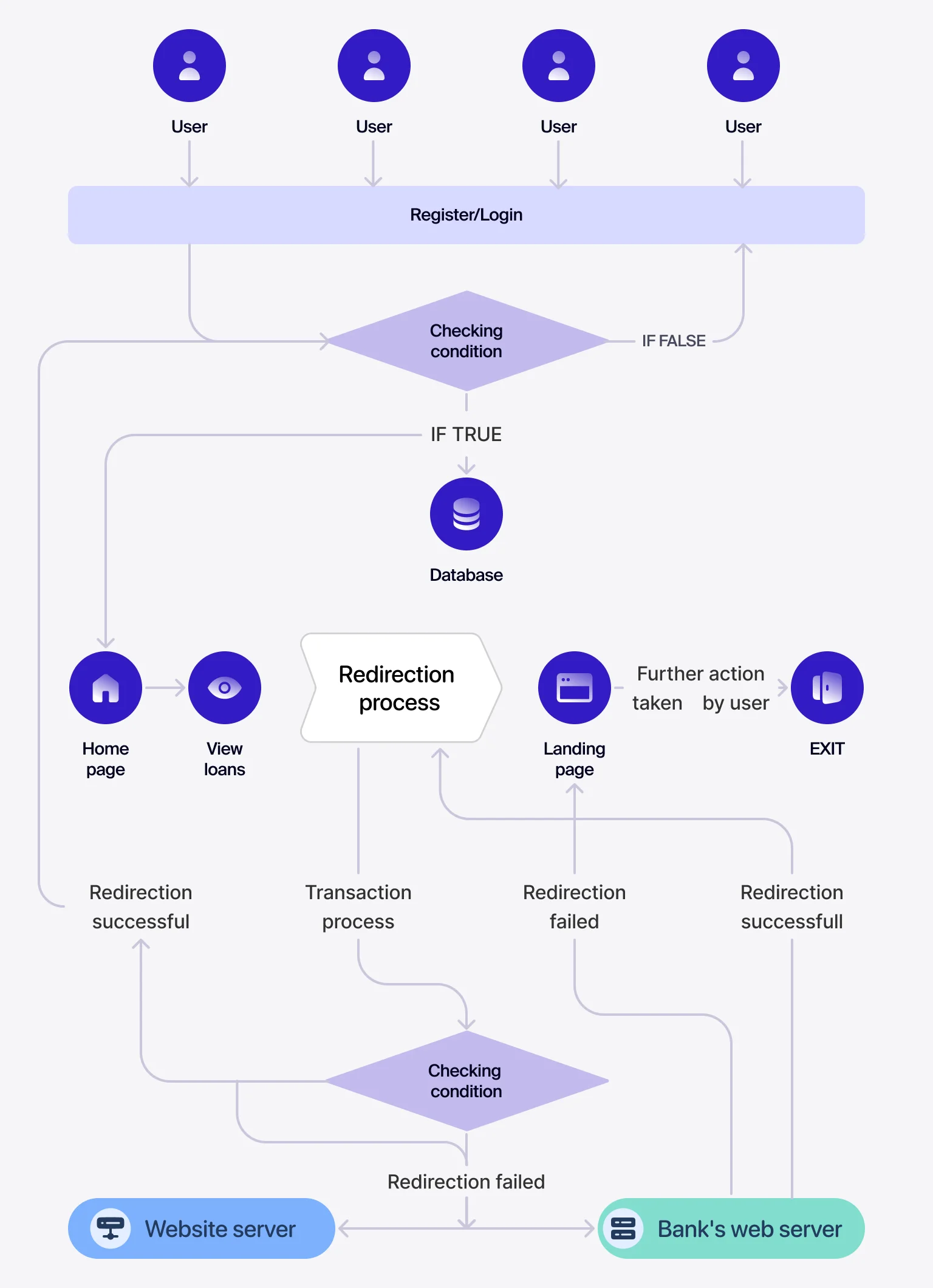
Invest in early-stage prototyping
The adoption of prototypes is a good step in estimating budget accuracy and project feasibility. This approach provides you with a chance to visualize and test the product’s functionalities before fully committing to the development process. Therefore, early-stage prototyping reveals potential usability issues for improvement, preventing the risk of costly revisions and delays later.
It also supports resource management by prioritizing features that meet market demand. You’ll save valuable resources by investing in the core functions only, avoiding the expenses on unnecessary ones that bring no value to the table. More importantly, early prototyping improves communication among stakeholders and developers by reducing the possibility of back-and-forth adjustments.
Understand compliance requirements
As mentioned, local regulations and laws governing data privacy and accessibility directly impact development costs and resource allocation. GDPR, HIPAA, and WCAG are just a few of the examples that may affect your software, depending on its target market and user base. To put this into perspective, let’s talk about the importance of accessibility in web and app development.
The WCAG requires digital products to be accessible to all users, including those with disabilities. Meeting these standards often means incorporating additional design and development efforts, such as optimizing navigation, implementing assistive technologies, and enhancing readability. These adjustments demand extra resources, and overlooking them early on can lead to costly revisions later.
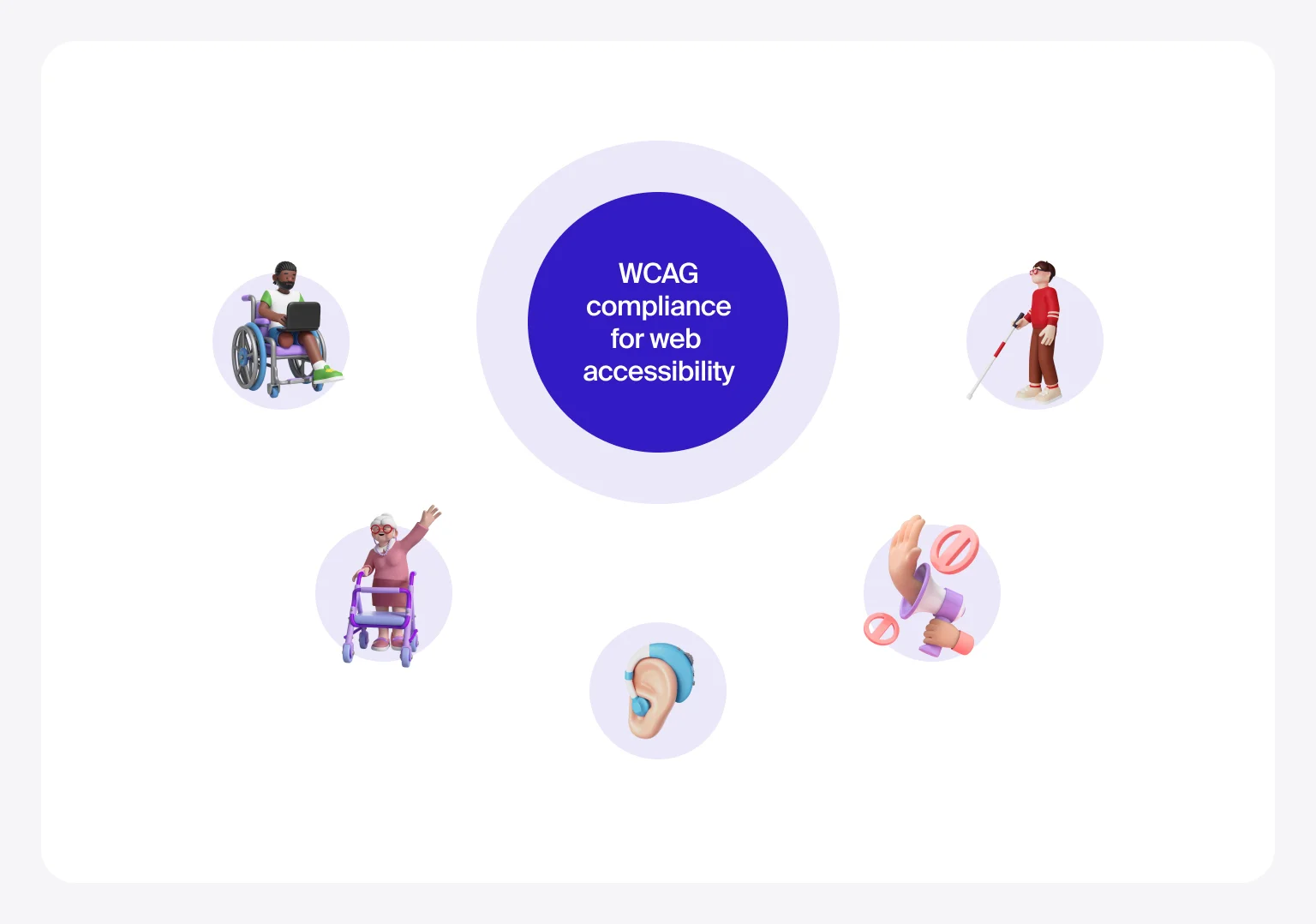
If not now, then when?
By now, you likely have a solid understanding of what it takes to estimate the project’s costs (maybe even write down a few useful tips!). However, once you start this process, keep in mind that the final figures won’t always match initial expectations. Pricing varies between companies, and freelancers set their own rates, making it essential to stay cautious and prioritize only the features your software truly needs.
Don’t ignore the value of expert guidance — consulting with professionals can provide a clear budget plan and help you make informed decisions. When you’re ready to take the next step, our software product development team is here to assist. We’ll ensure accurate cost evaluation, assemble the right team, and meet the deadlines to bring your vision to life. The sooner you start, the sooner you succeed.
in your mind?
Let’s communicate.
































